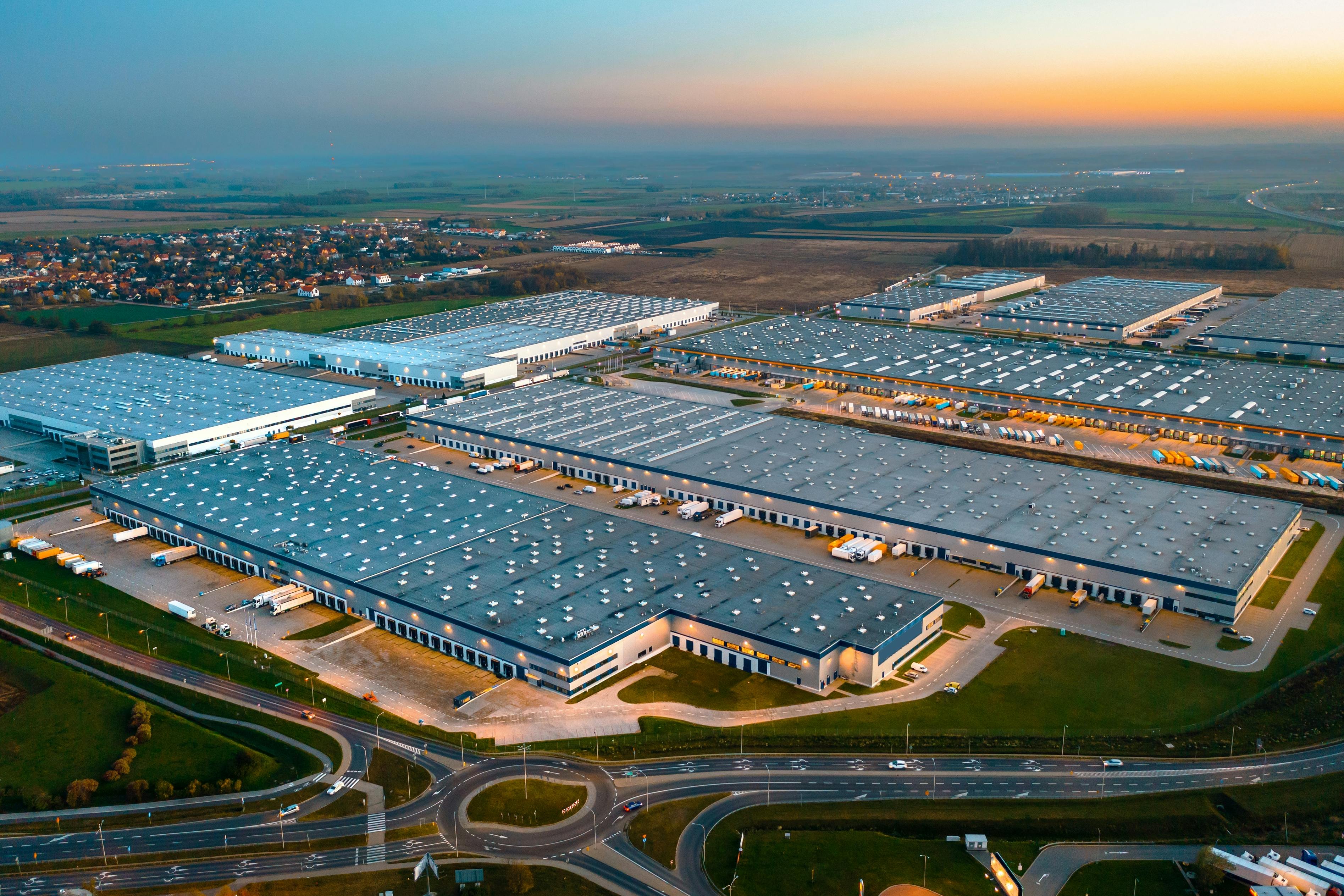Warehouses around Prague among the priciest in Europe

Only Helsinki, Munich, Oslo, Hamburg, London and a few other cities in the UK and Ireland have industrial rents higher than Prague. Warehouses near Prague are costing tenants far more than in Paris, Rome, Madrid, Budapest or Warsaw. In the Czech capital the price per square metre is EUR 96 a year, with the most expensive city, London, coming in at EUR 313. Berlin is roughly on a par with Prague, while in Warsaw the highest reported rent in Q3 was EUR 52 per year. These are the findings of a joint study carried out by the Czech real estate consultancy 108 REAL ESTATE and BNP Paribas Real Estate.
“These results show the resilience and appeal of the Czech industrial space market. Despite Poland’s reputation as a country with lower labour costs, the figures show that companies are willing to pay a premium for the advantages of Prague’s strategic location and well-developed infrastructure,”
comments Jakub Holec, 108 REAL ESTATES’s director.
The rapid rise in European warehouse rents was particularly marked in 2021 (12.5%) and last year (11.9%). Average rent growth this year stands at 6.1%, but there are considerable differences across the region: while tenants in Benelux, Paris, Warsaw and Birmingham are paying rents ten or more percent higher than in 2022, Prague is one of the major logistics hubs where rents are actually stagnating.
“This confirms our earlier observations that the market has hit a ceiling. Cost sensitivity is visible across the whole market, including sectors that haven’t been affected by the downturn in demand. Despite Prague’s overall resilience and appeal, ranking it alongside Vienna or Berlin in terms of rent levels, landlords have reached the limit tenants are willing to pay at this point in time. On top of which, we’re already starting to see a significant drop in demand for industrial and logistics space,”
notes Matěj Indra, head of industrial property leasing at 108 REAL ESTATE.
Even the steady decline in retail spending has failed to make a dent in the highest rents around the Czech capital, and although local purchasing power still falls short of Western Europe, demand shows that Prague remains a pivotal location for the whole Central European region in many tenant sectors. That role should also be enhanced by the ongoing expansion of the motorway network, as well as better and faster rail connections to neighbouring countries. Completion and improvement of the motorway and rail systems are essential factors for sustaining competitiveness in the future.
However, as the study by 108 REAL ESTATE and BNP Paribas Real Estate shows, rent growth is not being driven by higher demand alone, but chiefly by inflation and the increased costs of developers, as well as rising operating expenses. The forecast sees no signs of a halt to this growing trend, among other things because of the limited capacity for new construction across the continent.
The Czech Republic will apparently be no exception in the years to come. With a vacancy rate of 2.68% including shell & core space and 2.19% without, it is below the current European average (4%). Even after the completion of the 1.3 million sq m of logistics and production premises that are presently under construction, it is not expected that the rise in vacancies will be significant enough to have a direct impact on average asking rents.
“When the price of almost everything is going up, we can hardly expect rents for industrial properties to fall,” Matej Indra concludes.



